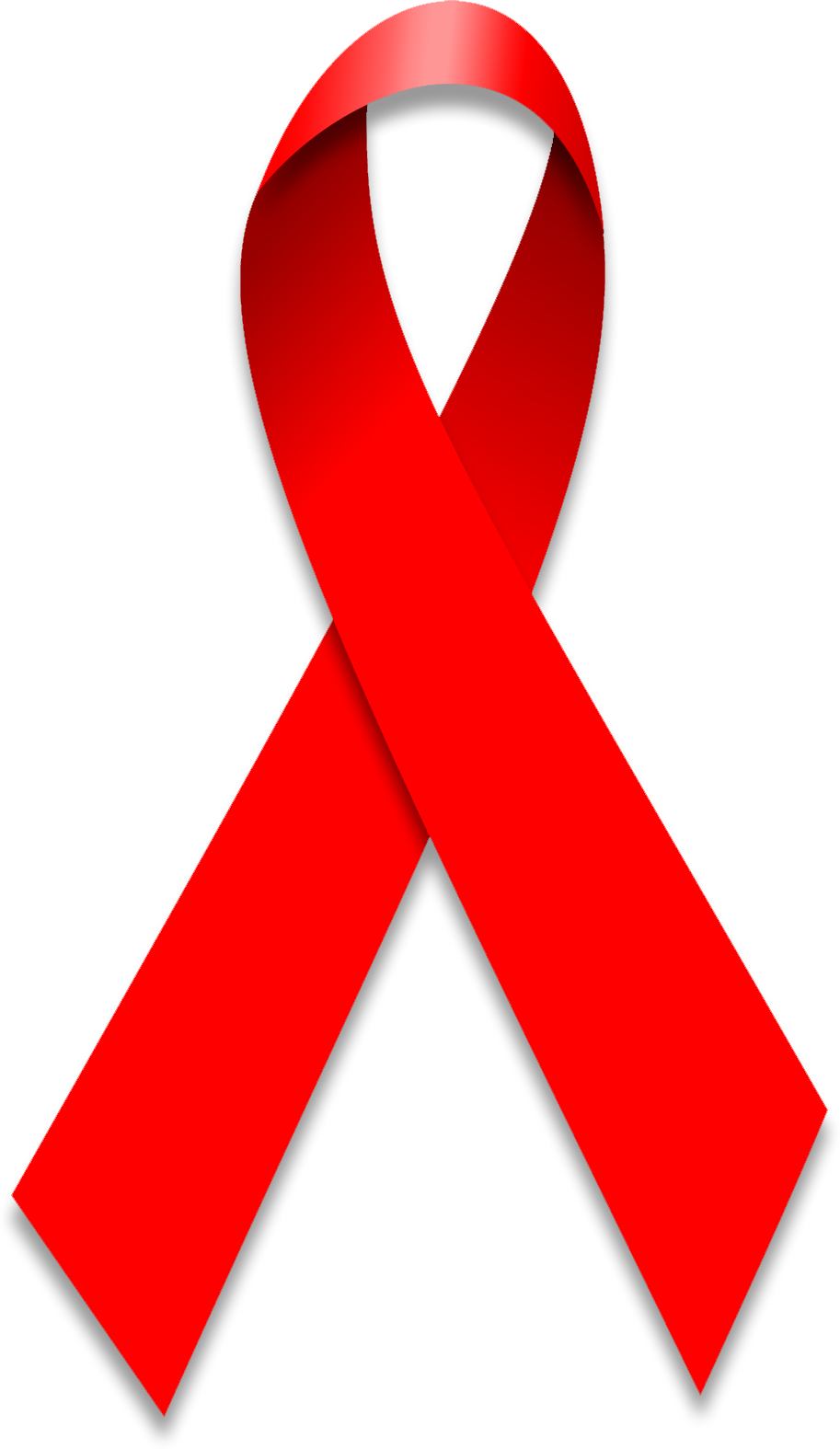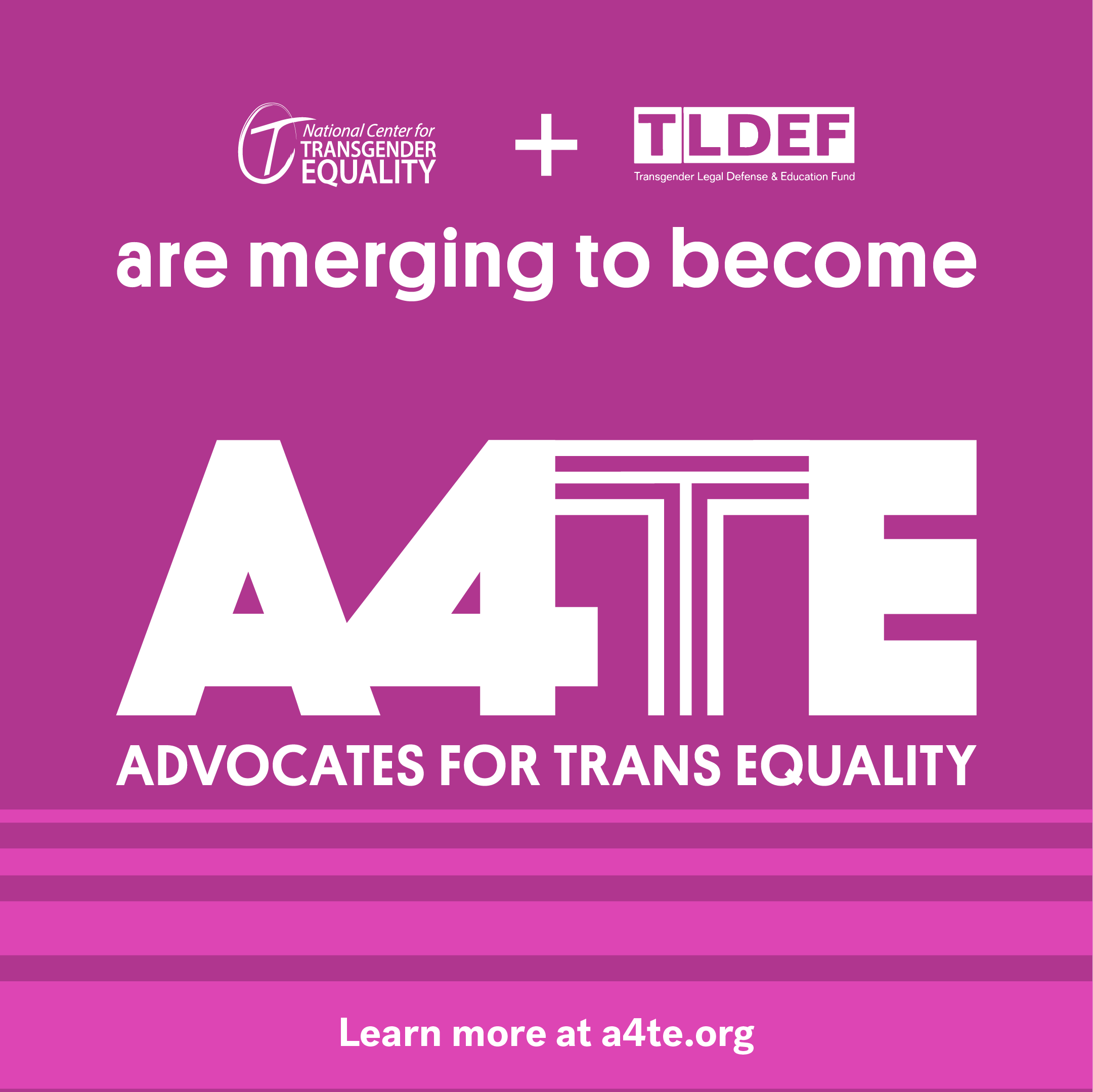World AIDS Day- What Does It Mean for Transgender People?

World AIDS Day is fast approaching on December 1st. It is an internationally recognized day to raise awareness about HIV/AIDS, reduce stigma and discrimination, and commemorate those who have died from the disease. NCTE is very concerned about the high HIV infection rates among transgender individuals. It is well-established that transgender people in the U.S. disproportionately suffer from HIV infection compared to other populations. NCTE and the National Gay & Lesbian Task Force’s national survey recently found that transgender people are over four times more likely than the general population to be infected with HIV. Furthermore, transgender people of color experience HIV infection at exponential rates compared to that of the general population. For example, African-American transgender people in our survey reported an HIV infection rate of 24.9% while the general population has a HIV infection rate of 2.64%. People who are diagnosed with HIV experience stigma and discrimination due to a variety of factors. Many people continue to be uneducated about HIV/AIDS and remain fearful that they may be infected by casual contact. Lambda Legal issued a report on HIV stigma and discrimination which found that 34% of individuals had false beliefs about HIV transmission, including mistakenly believing that transmission can occur through sharing a drinking glass, touching a toilet seat, or swimming in the same pool. The same report noted that disclosure of one’s HIV status can lead to wrongful termination from a job, wrongful eviction from one’s residence, denial of services, or assault. On World AIDS Day, one of the commitments we can make is to review the information HIV/AIDS and make sure we each do our part to eliminate the disease What is HIV/AIDS? Human Immunodeficiency Virus (HIV) is a virus which weakens your immune system by destroying important cells that fight disease and infection. You can be infected with HIV and not have symptoms for a long time. During this period, HIV can attack your T-cells or CD4 cells which are key components of your immune system. Over time, HIV can destroy so many T-cells that your body cannot defend itself from infections and diseases. When this occurs, HIV infection can lead to AIDS. How does HIV/AIDS spread to other people? HIV is spread when certain human body fluids that are infected with HIV enter one’s body. The following body fluids are known to contain high levels of HIV: blood, semen, pre-seminal fluid, breast milk, vaginal fluids, and rectal mucous. Other body fluids and waste (including feces, nasal fluid, saliva, sweat, tears, urine, or vomit) do not have enough HIV to infect people. The only way that they would lead to HIV infection is if they contain blood and one has considerable and direct contact with them. How can we prevent HIV infection? 56,000 people in the U.S. become infected with HIV every year. We do not live in a perfect world, so it is sometimes difficult to practice what we already know to protect ourselves against HIV/AIDS. One way to decrease your risk of HIV infection is to engage in safe sex. “Safe sex” includes knowing your own and your partner’s HIV status and using condoms correctly and consistently. If you believe that you may have been exposed to HIV after unprotected sex, you can take medications to lower your risk of HIV infection (called post-exposure prophylaxis or PEP). PEP is effective if taken within 36 hours of exposure, so you should go to your local hospital’s emergency room, urgent care clinic, or HIV clinic as soon as possible to access PEP. How can HIV/AIDS be treated? HIV/AIDS can be treated through antiretroviral therapy (ART). Many people can lead longer and fulfilling lives due to ART because it reduces the amount of HIV one’s body and allow one’s immune system to remain healthy. How can I be tested for HIV? Since people infected with HIV generally do not exhibit any symptoms until they get sick from opportunistic infections, everyone should be tested for HIV on a regular basis. In NCTE and the Task Force’s survey, almost 10% of the respondents indicated that they did not know their HIV status. Usually, HIV tests require a blood sample but some tests use urine or saliva instead. Some tests take a few days for results, but rapid HIV tests can provide results in approximately 20 minutes. There are many places where you can take a HIV test. To find out where you can do so, please:
- Visit hivtest.org and enter your zip code for HIV test sites, including sites that offer HIV tests for free.
- Call 1-800-CDC-INFO (1-800-232-4636)
- Text your ZIP code to KNOWIT (566947) and you will receive a list of the nearest testing locations.
- Contact your state or local health department.
Here are some organizations that are dedicated to serving LGBT individuals and provide HIV tests:
- Los Angeles, CA
LA Gay & Lesbian Center: http://laglc.convio.net/site/PageServer?pagename=homepage or 323-993-7500
- Washington DC
The DC Center: www.thedccenter.org or 202-682-2245 Whitman-Walker Clinic: wwc.org or 202-939-7690
- Chicago, IL
Howard Brown Health Center: www.howardbrown.org or 773-388-1600
- Boston, MA
Fenway Health: fenwayhealth.org or 617-927-6202
- New York, NY
Callen-Lorde Community Health Center: http://www.callen-lorde.org/ or 212-271-7200 The LGBT Community Center: www.gaycenter.org or 212-620-7310
- Seattle, WA
Gay City Health Project: gaycity.org or 206-860-6969 For more information on HIV/AIDS, please refer to the following references:
- AIDS.GOV
- Grant, Jaime M. et al. “National Transgender Discrimination Survey Report on Health and Health Care.” October 2010 /sites/default/files/docs/resources/NTDSReportonHealth_final.pdf
- Lambda Legal. “HIV Stigma and Discrimination in the U.S.: An Evidence-Based Report.” Nov. 2010
http://data.lambdalegal.org/publications/downloads/fs_hiv-stigma-and-discrimination-in-the-us.pdf
- Lambda Legal. “When Health Care Isn’t Caring: Lambda Legal’s Survey on Discrimination Against LGBT People and People Living with HIV.” 2010 http://data.lambdalegal.org/publications/downloads/whcic-report_when-health-care-isnt-caring.pdf
- World AIDS Campaign: http://www.worldaidscampaign.org/

